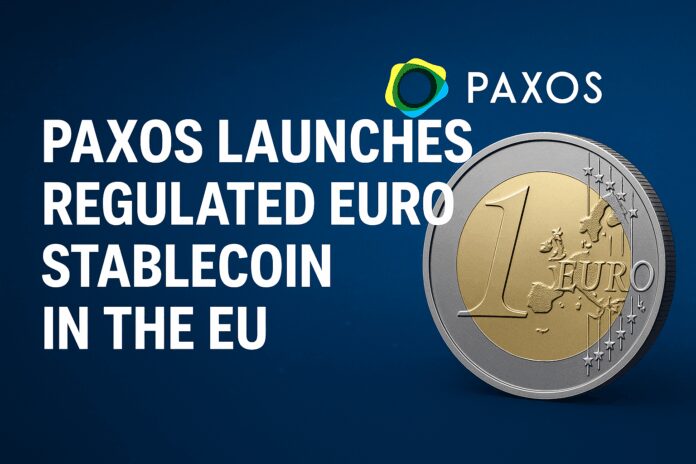MiCA’s arrival reshapes the stablecoin battlefield, and Paxos wants to lead the charge.
The announcement
On July 2, 2025, Paxos announced the launch of a MiCA-compliant euro-denominated stablecoin, called Paxos Euro (EURL). According to Finextra, the new token will be issued by Paxos International, a newly licensed entity in the Grand Duchy of Luxembourg, under the supervision of the Commission de Surveillance du Secteur Financier (CSSF).
The stablecoin is 100% backed by euros held in cash and equivalents, and will initially be available through Paxos’s own platform and selected partners, including PayPal — which already collaborates with Paxos on the U.S. dollar–denominated PYUSD.
Why this matters
Paxos’s move marks the first major stablecoin launch under the EU’s new Markets in Crypto-Assets Regulation (MiCA), which officially came into effect in June 2024.
While stablecoins like USDT and USDC continue to dominate in global volume, neither is currently MiCA-licensed, leaving a temporary vacuum in the euro-pegged segment — one that Paxos is now racing to fill.
Strategic motivations
| Strategic Angle | Explanation |
|---|---|
| Regulatory head start | Paxos is first-to-market under MiCA, building institutional trust in a tightly regulated region. |
| Euro adoption push | EURL is aimed at businesses, fintechs, and wallets looking for a MiCA-aligned stablecoin alternative to U.S.-centric options. |
| Partnership leverage | Tapping into the PayPal ecosystem, Paxos could rapidly scale EURL’s distribution across both retail and B2B channels. |
How it’s structured
- Issuer: Paxos International, Luxembourg
- Legal base: MiCA-compliant Electronic Money Token (EMT) license
- Backing: 100% euro reserves in segregated bank accounts
- Redemption: Fully redeemable on demand, with regular attestations
- Use cases: Cross-border payments, DeFi protocols, fintech apps, business settlement
Unlike legacy stablecoins operating in grey zones, EURL is positioned as a regulatory-first product — designed to meet both European institutional requirements and retail compliance thresholds.
Critical reflections and risks
1. Can it gain market share?
Despite being the most regulatory-aligned product in its class, EURL launches into a market dominated by USDT and USDC — with low euro-denominated liquidity and limited demand in DeFi or remittance corridors. Will institutions use it? Or will it be another technically sound but unused stablecoin?
2. What’s the revenue model?
MiCA limits interest income on reserves, making it harder to generate yield from customer deposits. Paxos may face pressure to monetize through B2B API licensing, wallet integrations, or payment infrastructure fees — not passive income on float.
3. How will incumbents respond?
Rivals like Circle (USDC) and Tether (EURT) have yet to receive MiCA approval. If and when they do, EURL’s first-mover advantage could evaporate quickly. Paxos must scale fast or risk becoming an early but forgettable compliance case study.
4. DeFi adoption is uncertain
MiCA-compliant tokens come with KYC, whitelisting, and off-chain redemption constraints. Many DeFi protocols may find EURL’s regulatory overhead incompatible with their architectures — unless EU-native DeFi grows significantly.
Industry implications
This launch is a signal to the market: compliant stablecoins are finally real in Europe. While MiCA has been critiqued for its rigidity, Paxos is embracing it as a moat — betting that institutions will prefer regulated euro tokens over offshoring to USD-linked stablecoins with unclear legal status.
The question is whether the EU market is ready. For years, euro stablecoins have remained niche, constrained by low DeFi demand and the dominance of dollar-denominated liquidity.
But if MiCA succeeds in pushing euro-denominated settlements, lending, and tokenization into the mainstream, Paxos could become Europe’s native liquidity layer.
Bottom line
Paxos’s EURL launch is a landmark for MiCA-aligned crypto finance. It’s not flashy, but it’s important: a signal that the EU’s crypto future will be licensed, asset-backed, and integrated with real financial institutions.
Whether EURL becomes a cornerstone of regulated crypto markets or simply a compliance case study will depend on:
- Merchant and fintech adoption
- Competitive responses from Circle and Tether
- Growth of euro-denominated crypto activity
For now, Paxos has the first-mover advantage. But in the stablecoin race, being early is not the same as winning.




